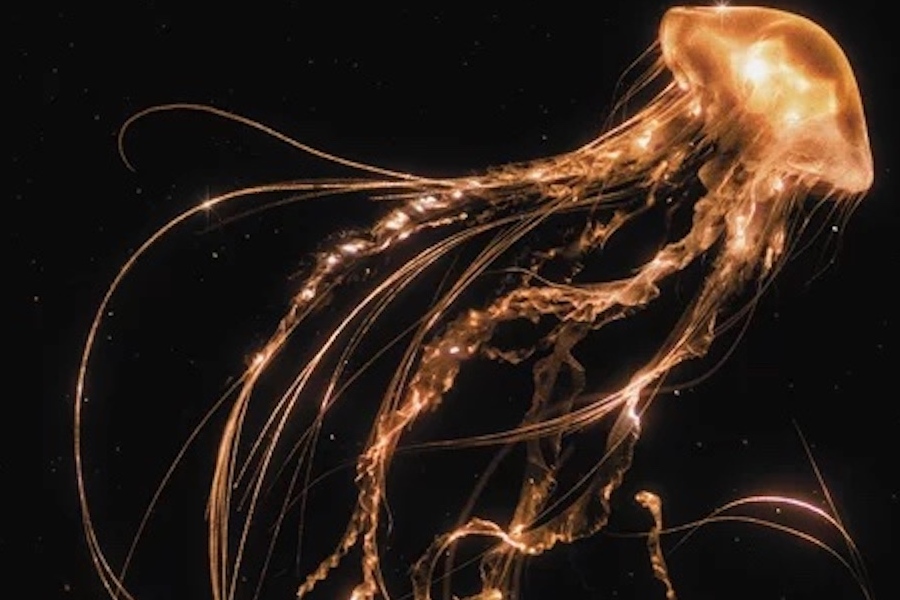Following a stark and unexpected change in style in their third album, “Typhoons,” Royal Blood sets a more comfortable standard for themselves with their new album, “Back to the Water Below.”
The band initially impressed in 2014 and again in 2017 with the albums “Royal Blood” and “How Did We Get So Dark?” Both featured intricate yet intense melodies that left listeners surprised to learn that the rock band actually has no guitarist and is in fact only a very talented duo. Vocalist and bassist Mike Kerr fills in the gap with special techniques that make bass sound like guitar while drummer Ben Thatcher makes a symphony out of the drum kit.
“Back to the Water Below” is quite different from Royal Blood’s first two albums. However, it is more evocative of growth and a maturation in style than an outright flip. Kerr and Thatcher build on their previous work and strengths rather than scrapping them for something entirely different. It is a demonstration of what they can do, rather than the dreaded downgrade often lamented by rock fans whenever a beloved artist releases new music.
“Back to the Water Below” skillfully balances the complexity of sounds present in the band’s first two albums with the lighter sound of their third album. While this may mean that their days of intense rock are over, there is certainly still greatness ahead. Kerr and Thatcher are now on track to explore their abilities to the fullest instead of being stuck making the same music over and over again.
This is evident in the bluesy sound of several of the songs on the album which is made possible by the addition of a piano that is rarely heard in the band’s previous discography. This blues-inspired piano can be heard in tracks such as “Pull Me Through,” “How Many More Times,” “High Waters” and “There Goes My Cool”. Although its consistent reappearance does not detract from the uniqueness of songs on the album, it works as a subtle motif to tie the album together.
The biggest contrast between “Back to the Water Below” and Royal Blood’s previous albums is the disappearance of its overly-consistent sound. Unlike “Royal Blood” and “How Did We Get So Dark?”, this album does not feature what might sound like the same song twelve times. Instead, it showcases the range of tones that are necessary for a great rock album — a mixture of soft and vibrant songs that takes the listener on a journey.
Kerr and Thatcher complete this with their assortment of bluesy songs, riff-heavy songs that are more reminiscent of their first two albums and sweeping tracks that explore a large variety of tones.
These sweeping tracks, such as “The Firing Line,” “There Goes My Cool” and “Waves,” are grandiose in their sound and can only be described as something along the lines of Queen. The breathtaking composition of these songs could certainly cement Royal Blood’s position as a great rock band for years to come.
Aside from the sweeping extravagance and taste of blues, other tracks seem to find the perfect balance between the styles of the band’s previous three albums, yet still maintain a uniqueness that is somewhat new for Royal Blood.
One such song, “Shiner In The Dark” employs a satisfying distortion effect that is typical of their discography but not too similar as to bore. Thatcher’s creativity on the drum set also shines through on this track to balance out the repetition and catchiness of the chorus that is more similar to the style of “Typhoons”.
“Shiner In The Dark” is the perfect example of how “Back to the Water Below” works overall as a tasteful combination of the band’s strengths and desire to pursue a new style — and the start of a new chapter of maturity and innovation.









